Five Essential Tips for a Winning Bracket

Photo by Mitchell Layton/Getty Images
Each March, for just one day, the nation sits in rapt anticipation for every word that comes out of Greg Gumbel’s mouth. Ladies and gentlemen, today is that day. SELECTION SUNDAY!
Of course, this year’s selection show was not the same for Kentucky fans, who were cruelly robbed of the sensation that comes with hearing their team’s name called (or Gumble’d, if you will). This came as no surprise, but nevertheless, it sucks. Still, the show goes on–and after missing out on NCAA brackets entirely last year, I for one plan on enjoying March Madness 2021.
We have a bracket, and I think that’s a fact we should never again take for granted. So with that in mind, I’m busting out the old bracket math cheat sheet to bring you these five essential tips for filling out your March Madness bracket (and winning).
1. Pick six true First Round upsets
There’s no better feeling in March than correctly calling a big upset in the first round. But as we all know, picking too many can mean death for your bracket in the later rounds. The key is finding that middle ground, where you can cash in on those upset points early and still maintain a plausible group of higher seeds remaining in the second weekend and beyond.
In a statistically average year, there are around five to seven true upsets in the first round (not counting the 8-9 matchups, which are essentially a toss-up historically). Could be more and could be less in a given year, but I pick six as a rule of thumb. Since the tournament expanded to 64 teams in 1985, this much has been pretty much backed up by the per-year numbers:
[table id=721 /]
It’s hardly foolproof, but if you’re the type of person who likes to have a plan, this is a good place to start. As for what to do with those upset picks…
2. Elevens and Twelves get the job done
Everyone knows that 12-seeds are a fun and reliable upset pick in the office bracket pool. True enough, they win almost as frequently as 10s and 11s, as you can see in the table above. 12-seeds have won at least one game in 30 of the 35 years they’ve existed, although three of the five times they didn’t came in the last 12 years (most recently 2018). Fun fact: Kentucky actually pulled off the first ever 5-12 upset when they knocked off Washington in 1985!
With that said, the 11-seeds are on the rise. Since 2007, 6-11 upsets have occurred more frequently (1.7/yr) than any other first round upset save the 8-9s. The elevens have won two or more first round games eight times during that span, and they haven’t been shut out since 2004.
If you’re looking for a justifiable distribution of your upset picks (that’s a thing, right?), I’d recommend taking 3-4 upsets between the 11s and 12s, 1-2 10 seeds, and one more from the 3/4 seed groups if you’re feeling frisky. A top-four seed has bowed out to their double-digit opponent in 10 of the last 11 years.
3. Prepare for one Sweet 16 surprise
Much was made about the “First Four streak” of eight straight years where a team won a second game after advancing from Dayton (this ended in 2019). But did you know that at least one double-digit seed has made the second weekend in each of the last 12 tournaments? You should always expect a Loyola Chicago or or Syracuse to sneak into the Sweet 16–just accept that it probably won’t be the one you thought.
In most cases, those 11-seeds are the culprit. Going back to George Mason’s historic Final Four run in 2006, 11-seeds are 10-15 (40%!!) in Second Round games against heavily favored three-seeds and 2-0 vs. 14s. They’ve actually won more of those games in that span than six-seeds. If you want to hazard a double-digit seed making a run, that’s probably your best bet right there.
Of note here: 10-seeds–though they’ve been less reliable than 11s of late–are pretty much equal to seven-seeds when it comes to Second Round success. With an all-time winning percentage of 67% in round 2, two-seeds are nearly 20% more likely to lose in the first weekend than one-seeds.
4. Top seeds will back it up (usually)
It’s a tried-and-true strategy: upsets early, chalk late. The top teams are the top teams for a reason, and more often than not, the ones are the last men standing when the dust clears. To wit: 22 of the last 35 champions have been one-seeds, including the last three and six of the last eight. Of the remaining 13, nine were twos or threes. The only other seeds to cut down the nets in the modern era are #7 UConn (2014), #4 Arizona (1997), #6 Kansas (1988) and #8 Villanova (1985).
It may feel cliché to pick a one-seed to win it all, but it’s just smart money–especially in a year like this, where Gonzaga appears head and shoulders above the field. But don’t expect them all to make it that far; the top four seeds have converged in the Final Four just once (2008), and in the last 17 seasons, one-seeds actually have a losing record (8-13) against two-seeds in the Elite Eight. Do with that information what you will.
5. When in doubt, go with your gut
I’ve got no stats for this one, just experience. The NCAA tournament has it’s patterns, but on any given night, it may as well be a crapshoot. Just ask UMBC about what is or is not possible. So at the end of the day, if you’re hung up on a pick, go with your gut. Trust me, it’s better to trust yourself and be wrong than wind up watching the team you swapped out at the last moment make a big run.
Or you could just go with whoever has the coolest mascot. You’ll get no judgement from me (who else is rolling with the Grand Canyon Antelopes??).
Go Cats. Happy bracketing. We’ll be back, baby.
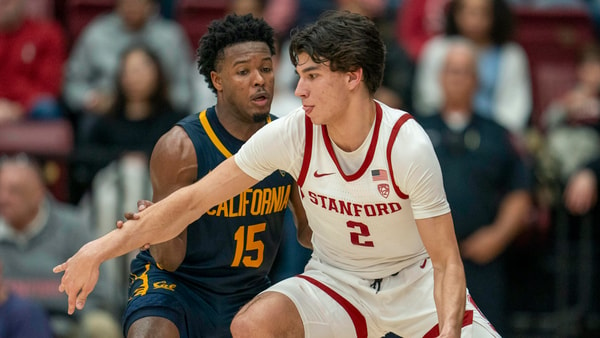
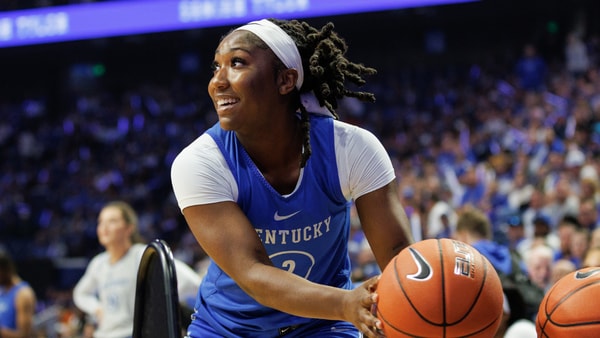
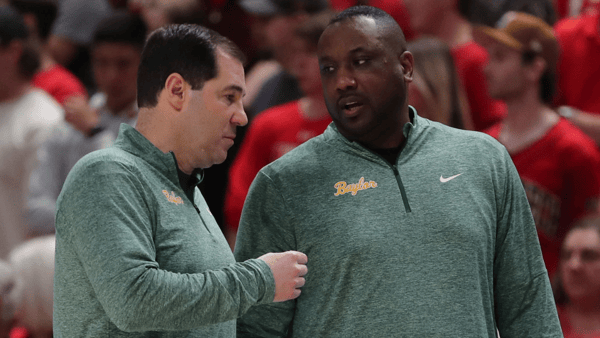

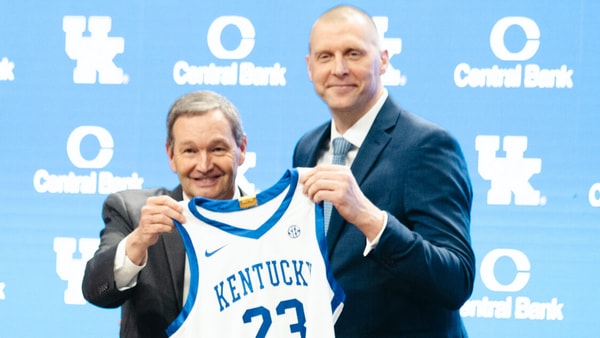


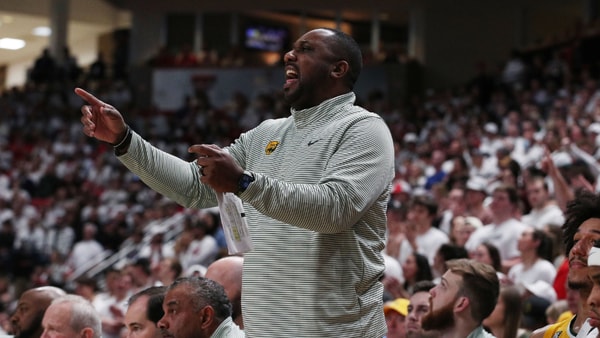
Discuss This Article
Comments have moved.
Join the conversation and talk about this article and all things Kentucky Sports in the new KSR Message Board.
KSBoard